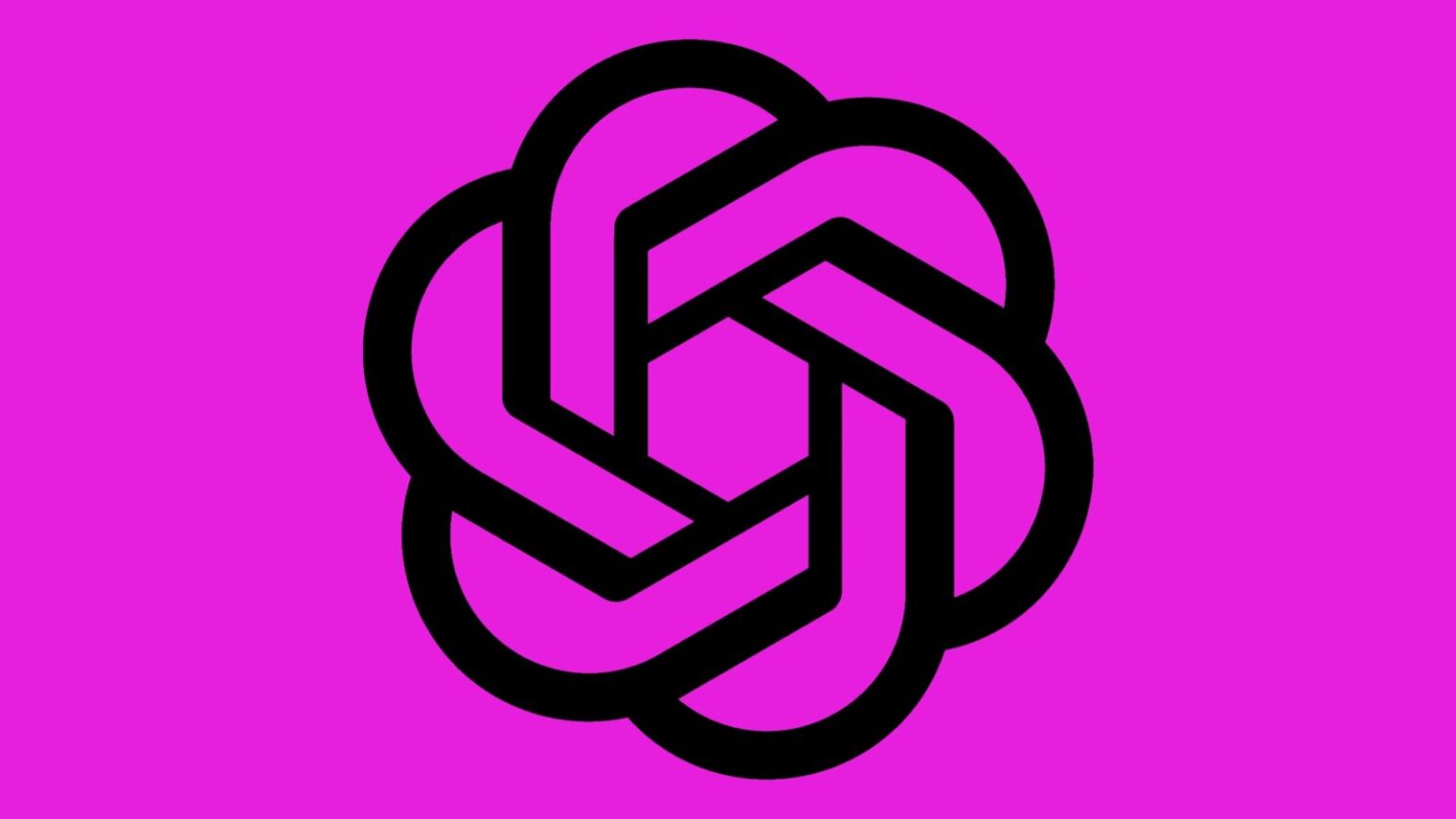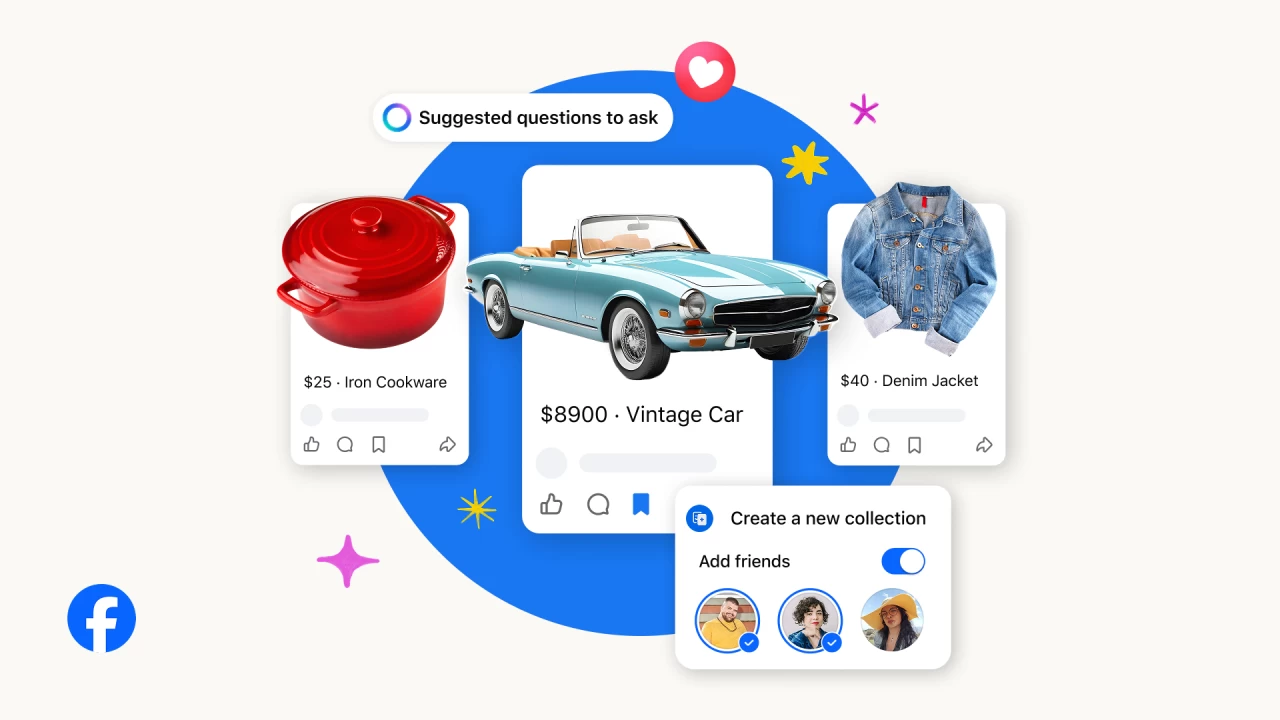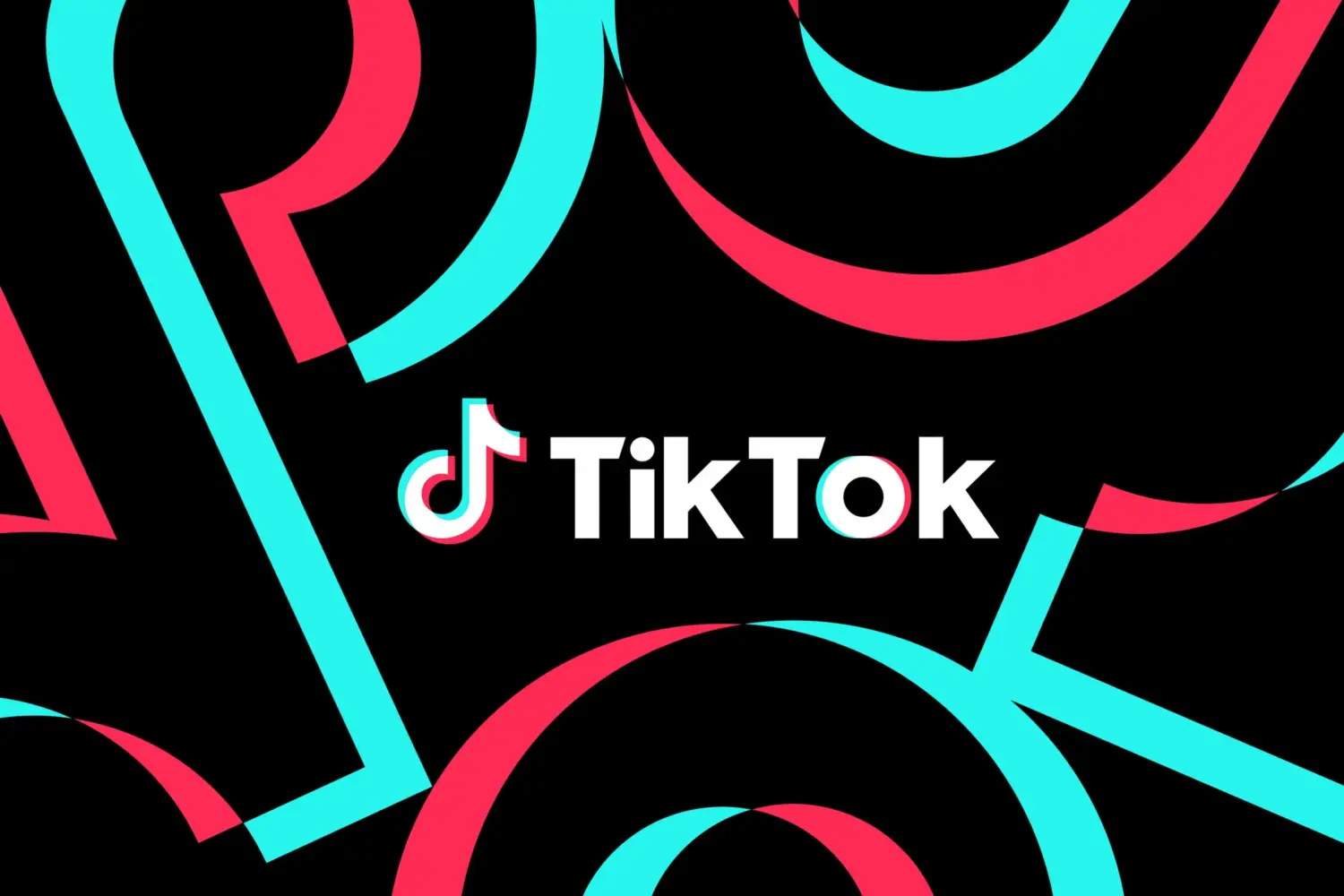ChatGPT’s new group chat feature is rolling out in a handful of markets, giving users a way to collaborate with one another while keeping an AI assistant on hand when needed. The update adds multi-user conversation spaces inside ChatGPT, framing the tool less as a one-to-one assistant and more as a shared workspace. While the move aligns with broader trends in productivity and messaging apps, it also raises questions about how AI should behave in group settings where human conversation can be fluid and unpredictable.
Starting or joining a group chat is straightforward. Users can open a new or existing chat and tap a people icon to create a shared space. First-time participants must set a simple profile, including a name, username, and image. Invitations work through shareable links, and each space can support up to twenty members. Anyone with the link can join unless the creator sets additional restrictions. When an existing one-on-one thread is expanded to include others, the system spins up a separate copy to preserve the original conversation, a practical step that prevents confusion around altered chat histories. Group conversations sit in their own section of the sidebar for quick access.
The feature runs on the GPT-5.1 Auto model, which selects from available GPT-5.1 variants based on a user’s subscription tier and the demands of the prompt. Standard ChatGPT functions—search, image generation, file uploads, and dictation—carry over unchanged, and rate limits apply only to AI responses, not to messages exchanged among participants.
Because group conversations differ from direct chats, the system has been adjusted to behave less like a constant commentator. It doesn’t jump into every message and instead follows the flow, responding only when it detects a prompt or when a participant directly mentions it. Reaction emojis add a lighter touch, though they remain optional. Users can tune the assistant’s behavior through custom instructions specific to each group, which could help keep discussions focused or establish boundaries in mixed human-AI environments.
Basic administrative controls are in place as well. Members can rename groups, manage participants, mute alerts, or remove themselves from a thread. The rollout—initially limited to ChatGPT Free, Go, Plus, and Pro users in Japan, New Zealand, South Korea, and Taiwan—will expand after the company evaluates early feedback. The gradual approach suggests a cautious refinement period as the platform figures out how people actually use AI-assisted group chats.







